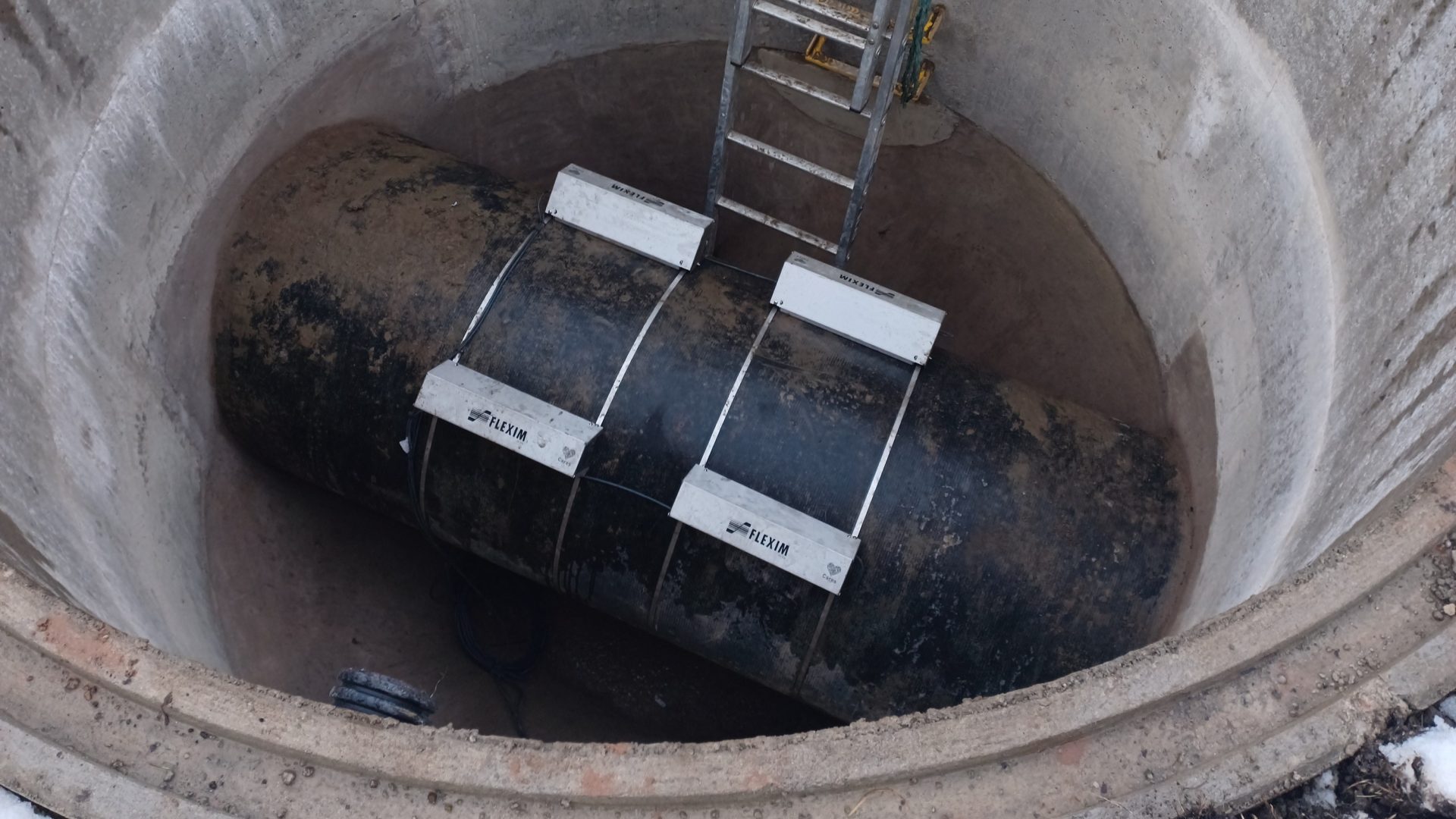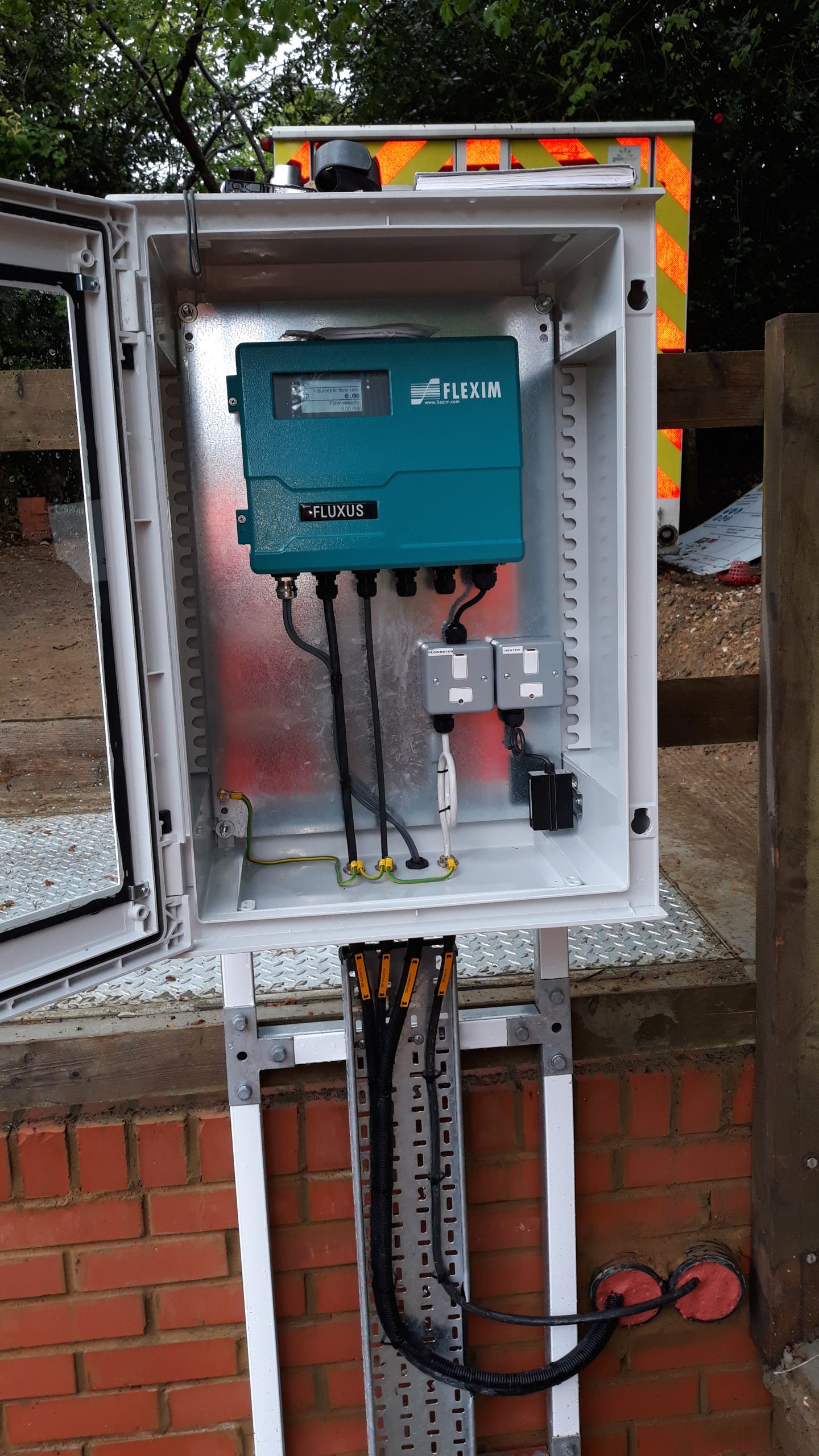
Britain’s water system, a relic from decisions made in 1856, has long since struggled with sewage overflows, leading to a wealth of environmental and health concerns. The root of the issue lies in the widespread use of combined sewage systems, where rainwater and sewage intermingle, causing spills during heavy rainfall. The current infrastructure, designed by Sir Joseph Bazalgette in response to the 19th century “Great Stink”, has become outdated and unable to handle the challenges of modern urbanisation.
The inherent flaw in combined systems is their vulnerability to overflow events, which were originally intended to be infrequent. However, climate changes, population growth, and underinvestment have all exacerbated the problem. The need for a transformative solution is clear, and one promising technology is clamp-on ultrasonic flow measurement.
The challenge of combined sewage systems
Combined sewage systems, prevalent in most major British cities, create a significant environmental hazard. These systems, designed to discharge sewage into rivers when it rains heavily, have become increasingly inadequate as the frequency of overflow events has risen. Bazalgette’s design, hailed as a marvel in its time, has struggled to keep pace with the demands of a rapidly growing population and changing climate.
The core issue lies in the intermingling of rainwater and sewage within the same pipes, leading to overwhelmed systems and frequent spills. As the problems persist, there is a growing realisation that a fundamental shift in sewage system design is necessary to mitigate environmental impact and protect public health.
Clamp-on ultrasonic flow measurement – a transformative solution
Enter clamp-on ultrasonic flow measurement, a technology that offers a revolutionary approach to monitoring and managing sewage systems. Unlike traditional methods that involve intrusive installation of flowmeters inside pipes, clamp-on ultrasonic devices can be externally attached, eliminating the need for system shutdowns or extensive construction.
This non-intrusive solution delivers real-time data on flow rates, allowing for precise monitoring of sewage and rainwater volumes. The technology’s adaptability makes it a cost-effective option for retrofitting existing combined systems, providing a means to optimise their performance without the need for extensive renovations.
Overcoming historical choices with modern innovation
While the historical decisions that led to the prevalence of combined sewage systems cannot be reversed, the integration of clamp-on ultrasonic flow measurement represents a step towards modernising and optimising existing infrastructure. This technology enables water authorities to gain comprehensive insights into system behaviour, identifying areas prone to overflows and implementing targeted solutions.
The transformative potential of clamp-on ultrasonic flow measurement extends beyond the monitoring of combined systems. In new developments, where separate sewage and rainwater pipes are now favoured, this technology ensures efficient operation and helps maintain the integrity of these modern designs. By preventing overflows and optimising the flow of sewage and rainwater, clamp-on ultrasonic flowmeters contribute to sustainable and resilient urban water management.
Challenges and opportunities
Implementing clamp-on ultrasonic flow measurement is not without its challenges. Overcoming historical underinvestment, regulatory hurdles, and industry-wide resistance to change will require a concerted effort from water authorities, policymakers, and technology providers. However, the potential benefits, from reduced environmental impact and improved public health, to enhanced system efficiency, make it a compelling investment for the future.




